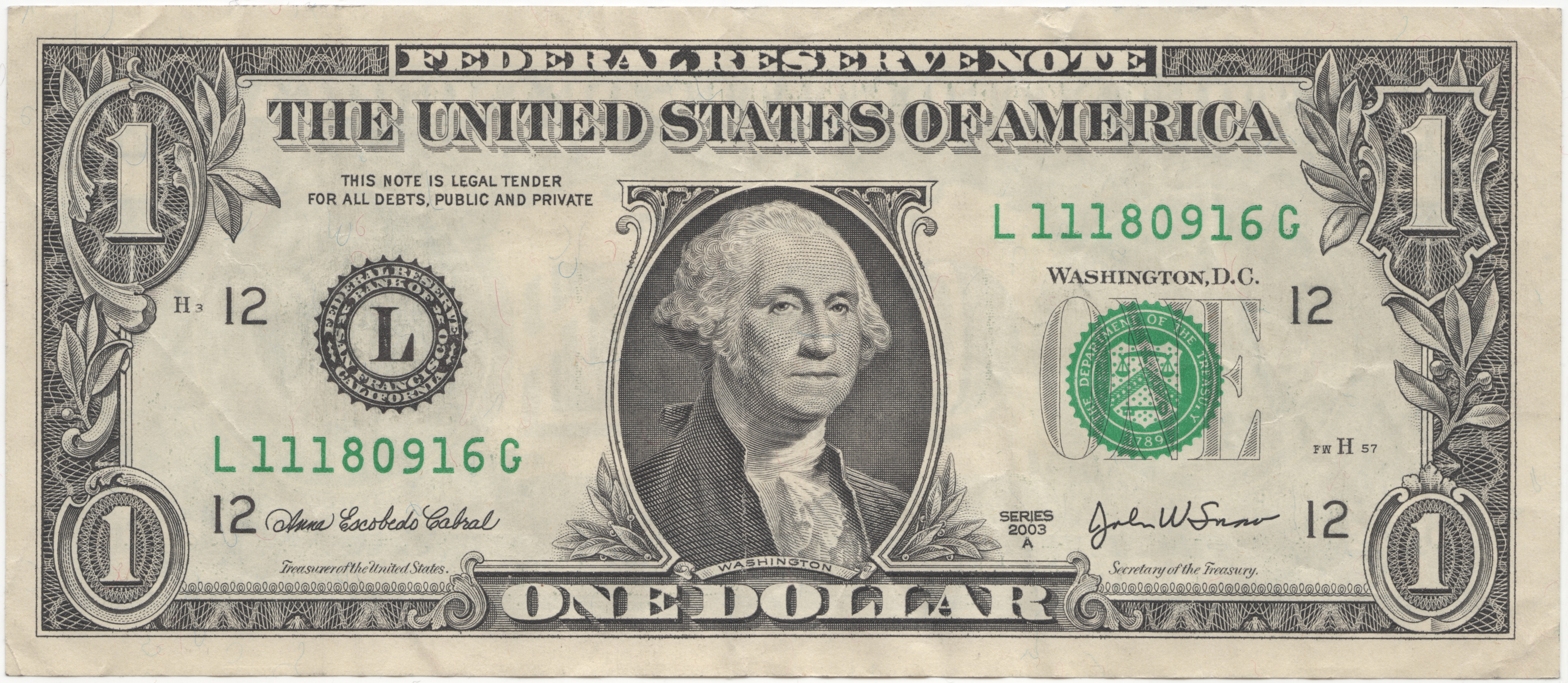Road to the $1 Genome
 There’s been much talk of the $1000 genome. But it’s clear that the price will continue to drop even further. Ultra-cheap sequencing (and sample prep) would open up entirely new applications. The route to ultra-cheap sequencing may hold some surprises and it’s interesting to run the numbers. Let’s begin imaging our ideal sequencing platform.
There’s been much talk of the $1000 genome. But it’s clear that the price will continue to drop even further. Ultra-cheap sequencing (and sample prep) would open up entirely new applications. The route to ultra-cheap sequencing may hold some surprises and it’s interesting to run the numbers. Let’s begin imaging our ideal sequencing platform.
DNA sequencers are often characterised in terms of throughput. That is, how much DNA they can sequence per unit of time. The human genome is about 3 billion basepairs. You’d be forgiven for thinking that you’d only ever want a sensor that delivers that much sequence. Turns out there are lots of applications where lots more sequencing would be useful. Often you’re sequencing larger populations of organisms. Or you’re looking for something that doesn’t happen very often (low abundance fragments of cancer in blood plasma).
As a convenient guesstimate I’d say we want to be able to sequence 1000x the size of a human genome. Oh and I’d like to be able to run this in 5 mins. For fear of being accused of overkill I’ll leave the specs at that (this much sequencing costs 1000s of dollars and would take days currently).
How many sensing elements and what kind of throughput would be needed? Sensing DNA at more than 100 bases per second (bps) is likely to be tough. Nanopore approaches generally generate signals in the picoamp range. Amplifying these signals at anything more than a few 10s of Kilohertz gets hard. SBS approaches will certainly also have issues running at speeds faster than this.
How many sensing elements do we need? 3^10^9/60/5 is 10 million. At a 100bps, that gives us 100,000 sensing elements.
An iPhone 6s camera can reliably sustain these kinds of data rates. 120fps at 1080p (~2megapixels). That camera module regularly goes for about $20 on eBay, similar modules are likely available OEM at much lower prices. Which is to say, we can build CMOS chips at volume, which produce data rates in the right ballpark.
While $20 is cheap, it’s still not cheap enough to be a throw away component in a $1 sequencing system. And while semiconductors are crazy cheap (you certainly can buy cheap CMOS sensors for around $1), it’s hard for me to imagine shipping a complete, semiconductor derived, consumable for this price.
So what does the technology behind a $1 run sequencer look like?
The great hope for the future of sequencing has always been nanopores. In this technique the DNA passes through a small aperture. As it moves through the hole the DNA sequence is read off using one technique or another.
Nanopore arrays are based around semiconductor fabrication, and the cost profile is likely to be similar. It’s hard for me to see how a nanopore sensor could be produced for less than $1, and delivered to a user for less than $10. It’s also hard for me to imagine that the array is reusable. Any system where the DNA is in contact with the sensor will result in the contamination of that sensor, and its rapid degeneration.
So what might a $1 sequencer look like? Somewhat controversially, I think it might decouple the sensing technology from the substrate in much the same way current massively parallel sequencing platforms do today. An optical system, with cheap reagents, and a cheaply manufactured substrate (which costs <$1) would seem logical (though a reusable FET sensor might work too). The instrument itself might use more expensive CMOS cameras and cost a few hundred dollars, but because the sensing and sample are decoupled they could be used repeatedly.
Disclosure: While I always try and remain unbiased. I own stock in sequencing companies. I’ve worked for DNA sequencing companies. And I continue to work in the industry. Exercise your own judgement.